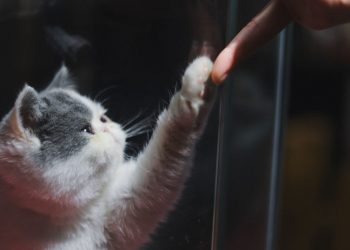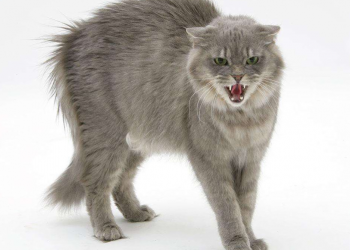When we humans feel very tired, we often say that we can fall asleep standing up, but this is just a description. In fact, it is impossible for humans to sleep standing up, but there are many animals in nature that have this kind of This ability that humans do not possess, such as horses, can sleep standing up effortlessly.

Of course, horses stand on all fours, and they are more stable than humans, but what about birds? Birds stand on two feet just like humans, but we all know that birds can also sleep standing up. So the question arises. People and birds all stand on two feet. Why can birds sleep standing up, but humans can’t?

When we humans maintain a standing posture, we need muscle strength for support, all of which are “automatically completed” by our brains, without the participation of our subjective consciousness.
If we gradually fall asleep in a standing position, the brain’s instructions to the relevant muscles will become more and more vague, and the muscles will gradually relax. When it reaches a certain level, our body will quickly lose its balance because there is not enough support.
In this case, the brain will be immediately awakened by the self-protection mechanism and “command” the relevant muscles again, and we will wake up. And if the brain isn’t awake fast enough, it can be like this (this is still in a sitting situation).
To put it simply, the muscles relax when humans sleep, and when the muscles relax, humans cannot obtain the strength to maintain a standing posture, so humans cannot sleep standing up. So how do birds sleep standing up?
The answer is very simple, that is, birds can maintain a standing position without muscle strength, and they can passively stabilize themselves without relying on any muscle activity. To stand firmly, some birds even need only one foot. For example, flamingos can sleep on one foot.

Note that the flamingo’s leg bone, we usually think of the position of the knee, is actually its ankle, and the flamingo’s knee is hidden under the feathers.
In addition to being able to sleep standing on the ground, many birds can also sleep directly on branches, so how do they do it?
Birds that can stand and sleep on branches usually have muscles suitable for holding branches, such as “peroneus medius”, “transdigitor flexor”, “perching muscles”, etc. They can skillfully use tendons, The tendon sheaths and the coordination between the skeletal joints allow you to maintain a standing position with your muscles relaxed.
The feet of these birds have four toes “three fronts and one back”. When the relevant muscles contract, the birds’ legs will straighten and their toes will “spread”, otherwise their toes will tend to on “hold tight”. The muscles contracted before the birds landed on the branch, and when they stood on the branch, the muscles relaxed so that their four toes naturally buckled into the branch.
At the same time, the bird’s leg bone joints are also flexed by the pressure of the weight, which tightens the tendons of the associated muscles, providing the birds with the “grip” that their toes grip tightly. tree branches. And when the birds are sleeping, the associated muscles relax further, and the compression of their body weight causes the joints of the leg bones to flex more, and their toes grip tighter.
(If you’re not convinced by this characteristic of birds, you may wish to study it carefully the next time you buy a white-striped chicken to see if its claws “open” when the drumstick is straight, but not when the drumstick is bent. its claws “grasp”)

As shown in the picture above, when a bird stands on a branch, its leg bones show a shape similar to the letter “Z”, which is somewhat similar to our human squatting posture, which is very conducive to the stability of the center of gravity, This makes it easier for birds to keep their balance.
All in all, because birds can stably maintain a standing position with their muscles relaxed, they can sleep standing up, something that humans, who also stand on two feet, cannot do.

In fact, the evolution of this ability by birds is also a manifestation of adapting to nature. In the crisis-ridden nature, even when sleeping, birds must always be in a state where they can take off quickly.




















